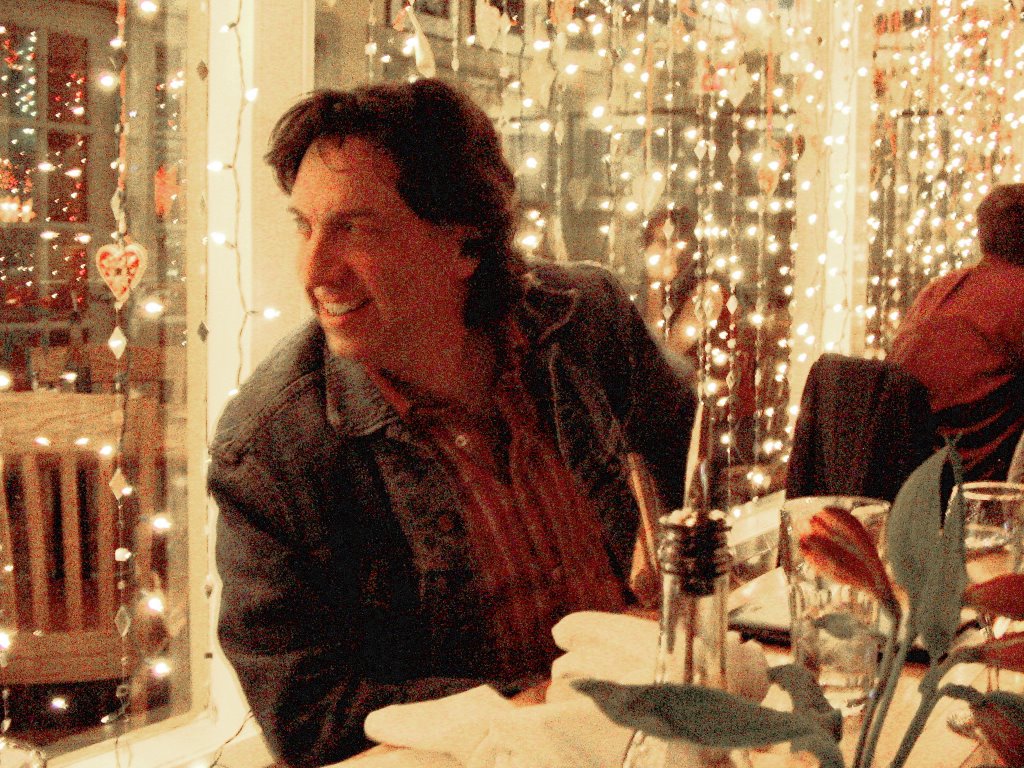Reading Log: John Berger
Apropos of our recent discussion about word pictures versus photographs.
John Berger is a British leftist art critic, essayist, and novelist, now in his 70s, who has lived in a rural French agricultural village for the past forty years. I admire him for being an early and passionate opponent of the commodification of human life, as well as for being a fine writer.
My favorite among his books is a short volume from the 1990s called PHOTOCOPIES. It’s a series of 29 very brief descriptive sketches, each the verbal equivalent of a snapshot preserving one of Berger’s memories. The first one actually includes a snapshot taken during the remembered incident, and gives the reader the opportunity to move back and forth between picture and words, each adding depth to the other. While reading the other 28, it’s fun to imagine what a photograph of the scene would look like, and how that photograph might compare with Berger’s text. But Berger’s descriptive comments go far beyond that in developing (to use a photographic pun) profound meaning from these small vignettes. That’s where his skill as art critic and novelist comes in. On the celebrity front, the sketches include portraits of Cartier-Bresson and Simone Weil, as well as several artists who are not named.
Among Berger’s many other works, I like A FORTUNATE MAN, an affectionate study of an English country doctor in the early 1960s, with documentary photos. His novels of French rural life – TO THE WEDDING and the INTO THEIR LABOURS trilogy — are ethnographically rich and very readable. His 1972 Booker-winning novel G. is an experimental work typical of that era, and I haven’t been able to enter it.
All these books, of course, are available at a touch of the amazon search button on my sidebar.
John Berger is a British leftist art critic, essayist, and novelist, now in his 70s, who has lived in a rural French agricultural village for the past forty years. I admire him for being an early and passionate opponent of the commodification of human life, as well as for being a fine writer.
My favorite among his books is a short volume from the 1990s called PHOTOCOPIES. It’s a series of 29 very brief descriptive sketches, each the verbal equivalent of a snapshot preserving one of Berger’s memories. The first one actually includes a snapshot taken during the remembered incident, and gives the reader the opportunity to move back and forth between picture and words, each adding depth to the other. While reading the other 28, it’s fun to imagine what a photograph of the scene would look like, and how that photograph might compare with Berger’s text. But Berger’s descriptive comments go far beyond that in developing (to use a photographic pun) profound meaning from these small vignettes. That’s where his skill as art critic and novelist comes in. On the celebrity front, the sketches include portraits of Cartier-Bresson and Simone Weil, as well as several artists who are not named.
Among Berger’s many other works, I like A FORTUNATE MAN, an affectionate study of an English country doctor in the early 1960s, with documentary photos. His novels of French rural life – TO THE WEDDING and the INTO THEIR LABOURS trilogy — are ethnographically rich and very readable. His 1972 Booker-winning novel G. is an experimental work typical of that era, and I haven’t been able to enter it.
All these books, of course, are available at a touch of the amazon search button on my sidebar.



<< Home